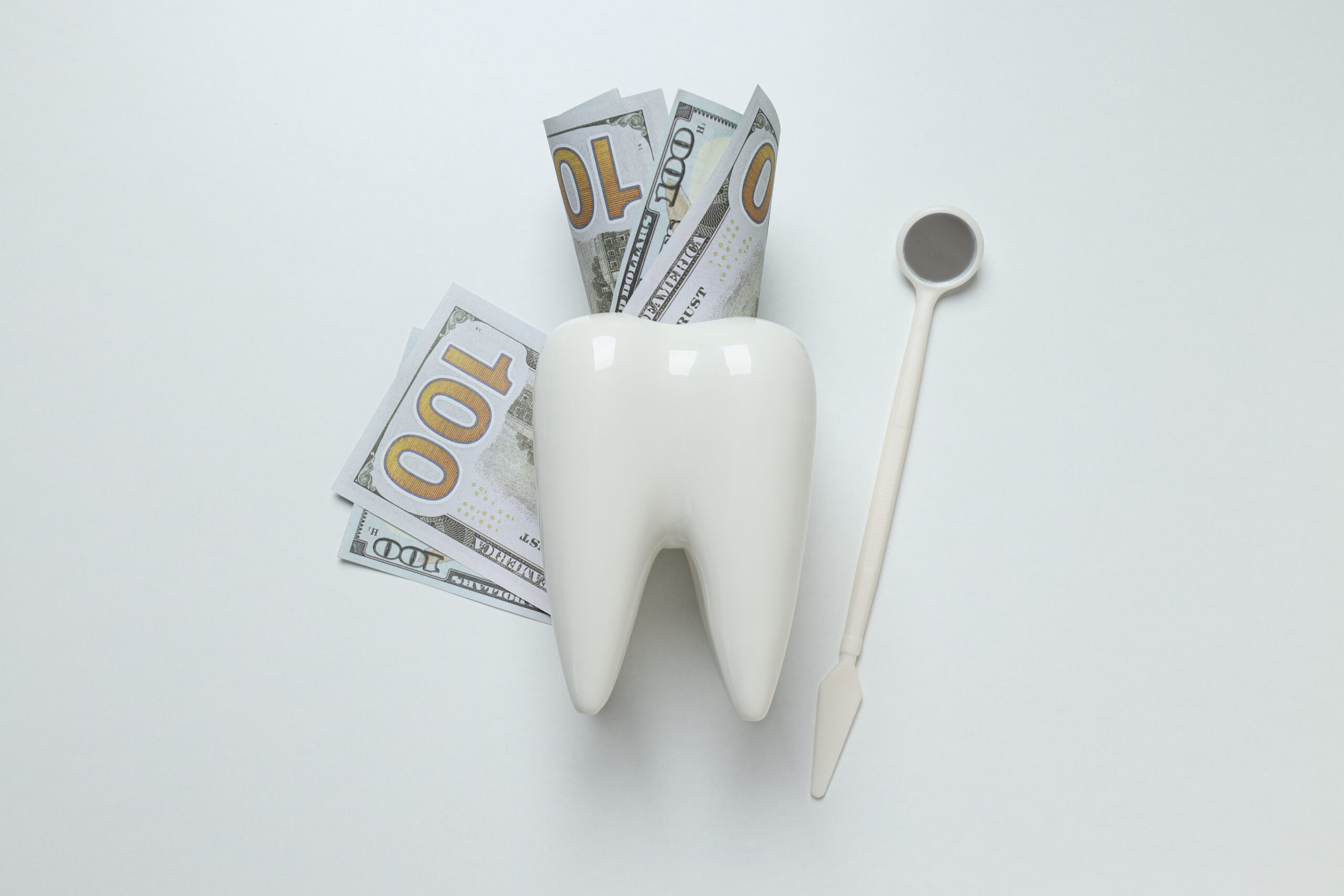A Data-Driven Look at U.S. Dental Costs and How to Manage Them
Dental care is an essential part of overall health, yet many Americans face significant expenses when maintaining their oral hygiene. From routine check-ups to major restorative treatments, dental costs can vary widely depending on insurance coverage, location, and the type of services received. Understanding these costs can help patients make informed financial decisions about their oral health.
How Much Does the U.S. Spend on Dental Care?
National Dental Expenditures
In 2023, total national dental expenditures in the U.S. reached $174 billion, accounting for 3.6% of total healthcare spending. This represents a 2.5% increase from 2022, largely due to a rise in Medicare dental spending.
Per Capita Dental Spending
- The average annual dental expenditure per person in the U.S. was $887 in 2021.
- This figure has remained stable in recent years:
- $864 in 2019
- $829 in 2020
- These amounts only include individuals who visited a dentist—those who did not receive dental care had no recorded expenses.
📌 Related Reading: Understanding Dental Insurance Plans
How Much Do Patients Pay Out-of-Pocket?
A large portion of dental costs is paid directly by patients, making it one of the most significant out-of-pocket healthcare expenses.
- Out-of-pocket dental expenses accounted for 40.3% of total dental spending in 2022.
- In comparison, out-of-pocket costs for overall healthcare were just 10.6%.
- This highlights the financial burden of dental care, especially for individuals without dental insurance.
🔎 Looking for affordable dental care? Check out Preventive Care Services to minimize costs in the long run.
How Much Does Dental Insurance Cost?
In 2023, the average annual expenditure on dental insurance per household in the U.S. was $132.56. However, dental insurance plans vary widely based on:
- Coverage Limits: Some plans cover only basic cleanings, while others include major procedures like crowns and implants.
- Deductibles & Co-Payments: Many plans require out-of-pocket payments before coverage kicks in.
- In-Network vs. Out-of-Network Dentists: Costs can be significantly lower if you visit a provider within your insurance network.
💡 Considering dental insurance? Read about the Best Dental Insurance Companies.
Factors That Influence Dental Costs
The cost of dental care depends on several key factors:
1. Age
- Older adults (75+) tend to have higher dental costs, as they require more frequent restorative care (e.g., dentures, implants).
2. Insurance Coverage
- Individuals with private dental insurance face lower out-of-pocket costs compared to those with no insurance or public health plans.
3. Type of Dental Service
- Preventive services (cleanings, check-ups) are the most affordable.
- Restorative procedures (fillings, crowns) cost significantly more.
- Specialized treatments (braces, implants) can be expensive without coverage.
📌 Related Reading: Learn about Dental Implants vs. Dentures: A Cost Comparison.
How to Reduce Dental Care Costs
Patients can take several steps to minimize their dental expenses:
✅ Routine Check-Ups: Regular visits for cleanings and exams help detect issues early and reduce long-term costs. ✅ Flexible Payment Plans: Some dental offices offer monthly installment plans for expensive procedures.
✅ Discount Dental Plans: Many providers offer membership plans that provide discounted services without traditional insurance.
✅ Utilize HSAs/FSAs: Health Savings Accounts (HSAs) and Flexible Spending Accounts (FSAs) allow tax-free savings for dental expenses.
📞 Need an affordable dentist? Contact Pecan Tree Family Dentistry for options.
Final Thoughts
Understanding the cost of dental care in the U.S. is crucial for financial planning. With national spending exceeding $174 billion and out-of-pocket costs remaining high, patients should explore insurance options, preventive care, and cost-saving measures to manage their dental expenses effectively.
🔎 Explore More: How to Choose the Right Dentist for Your Family.



